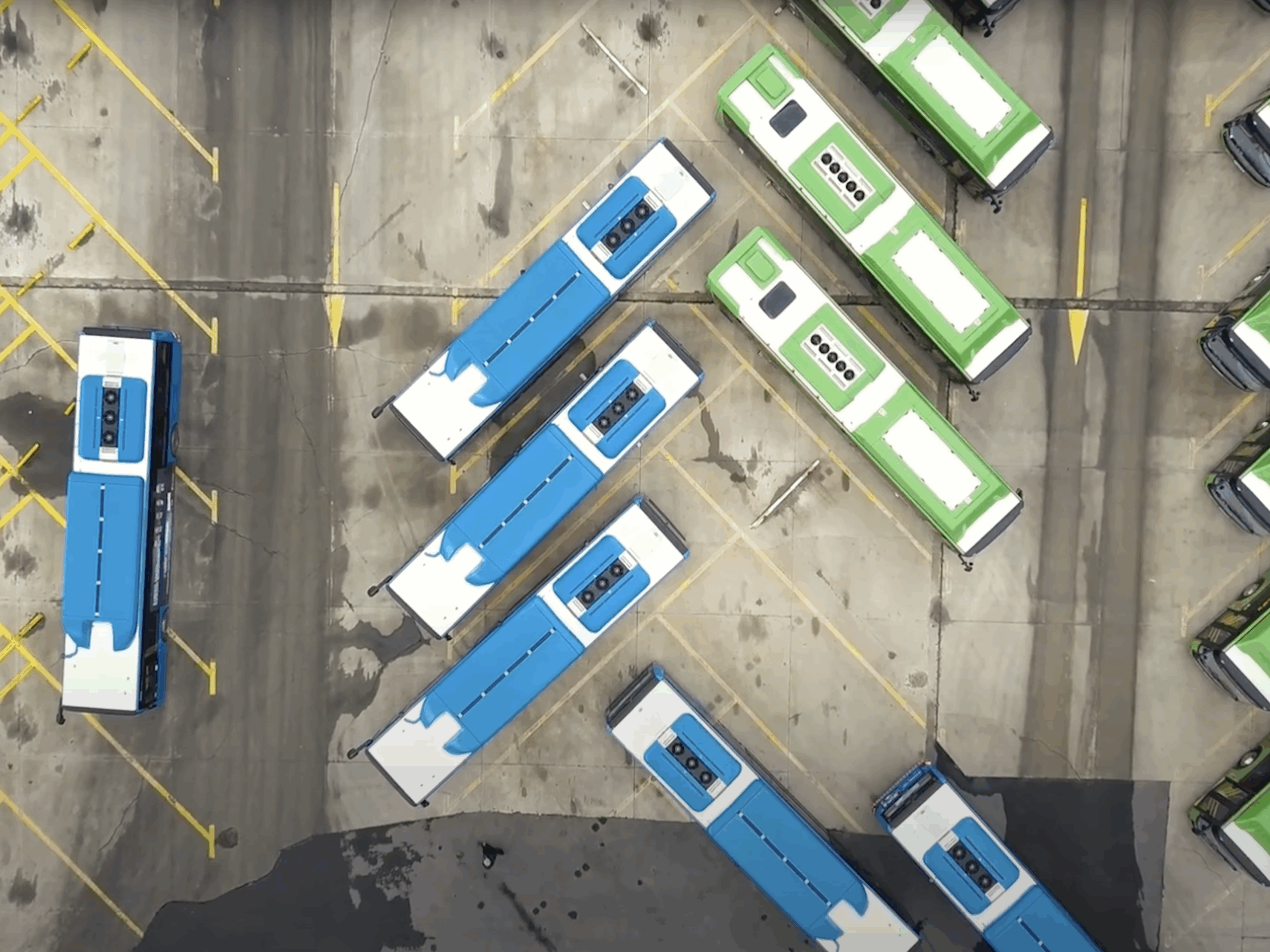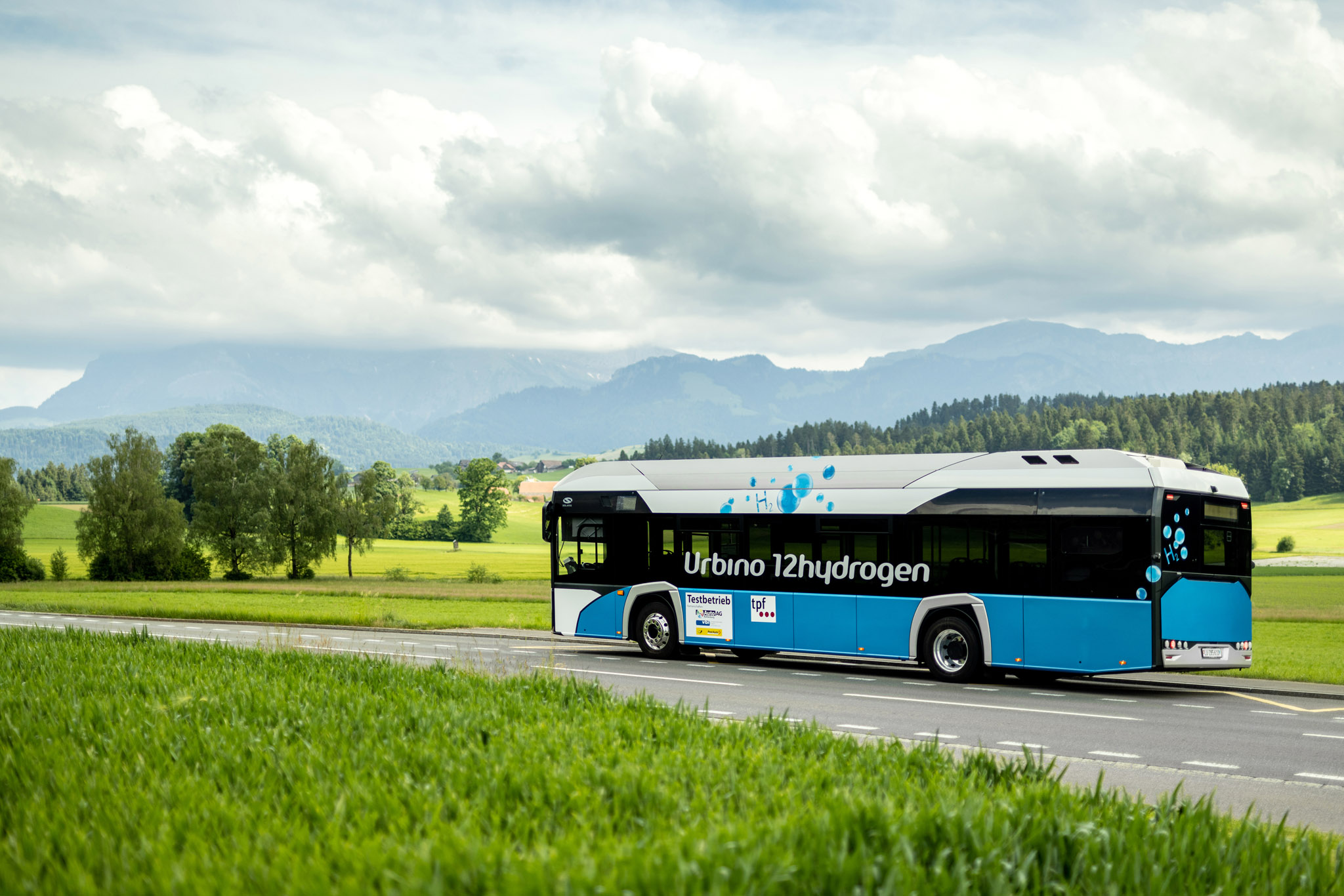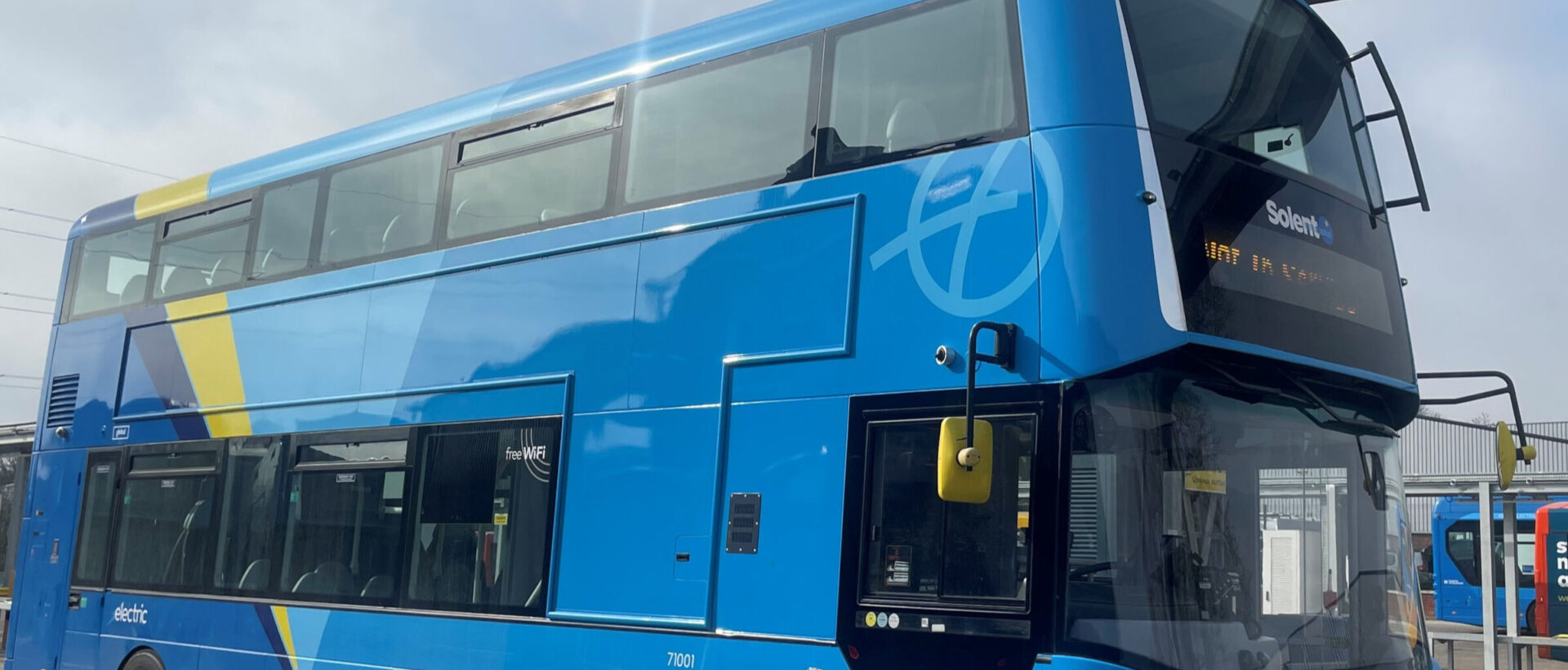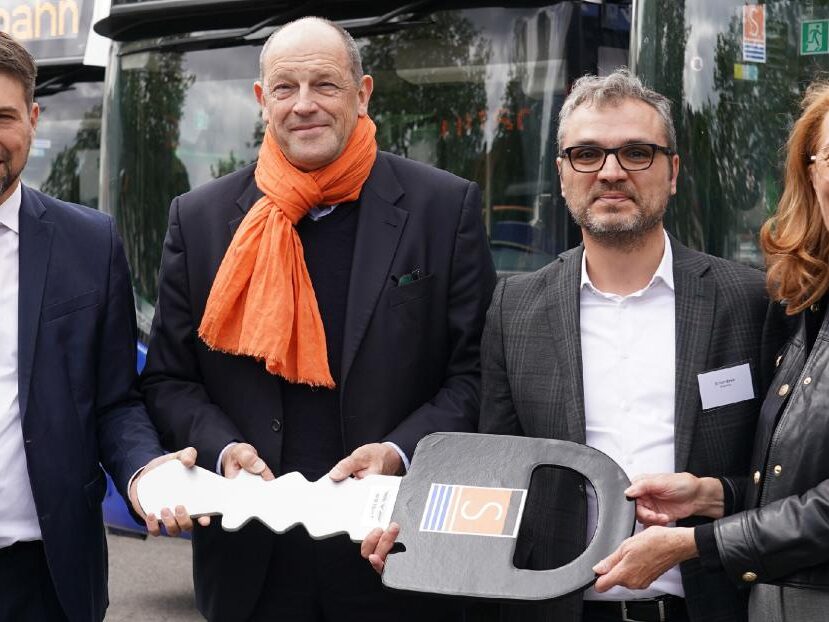A new alliance of more than 20 energy-intensive UK-based businesses recently met with MPs to present plans for a major new hydrogen project that, if approved, is expected to inject 6.5 billion GBP into the country’s economy and create more than 24,000 jobs.
The project, dubbed HySpeed, includes a number of firms from FTSE100 and SMEs, including Wrightbus, Centrica, Heidelberg, ITM Power, JCB and National Gas, and has been created to answer the Government’s request to transition the UK to a clean energy superpower position.

Leaders, all of which arrived at Parliament onboard a Wrightbus hydroliner, met with a group of over 40 MPs and Parliamentary officials to discuss the plans, with conversations including issues with British Steel, Iberian blackouts and job losses.
The HySpeed project proposes the production of 1GW of energy capacity by 2030, reducing CO2 emissions by one million tonnes a year, scaling hydrogen production, cutting costs, strengthening the UK’s renewable energy leadership and securing more than five million jobs linked to key foundation industries.
Wrightbus CEO, Jean-Marc Gales, said:Public transport is at the forefront of the zero-emission transition and our world-leading hydrogen buses are in operation across the UK and Europe.
We are delighted to support Project HySpeed which will help safeguard good green jobs at our factory in Ballymena as well as the 7,500 jobs we create in the supply chain.
The project plans to establish a new hydrogen system that aims to equally benefit both British industries and workers with new hydrogen production hubs in key areas to support local ecosystems, as well as inject hydrogen into the gas grid in order to enable country-wide industrial decarbonisation.
HySpeed will also look to reduce the cost of green hydrogen and embed manufacturing jobs across the country through the steady procurement of both equipment and services, optimised power purchasing and low-cost financing.
Chris O’Shea, Group Chief Executive Officer of Centrica, said:Hydrogen can play a crucial role in tackling emissions from sectors that other clean energy sources can’t easily reach. It can be used to power the UK when the sun doesn’t shine, and the wind doesn’t blow.




















